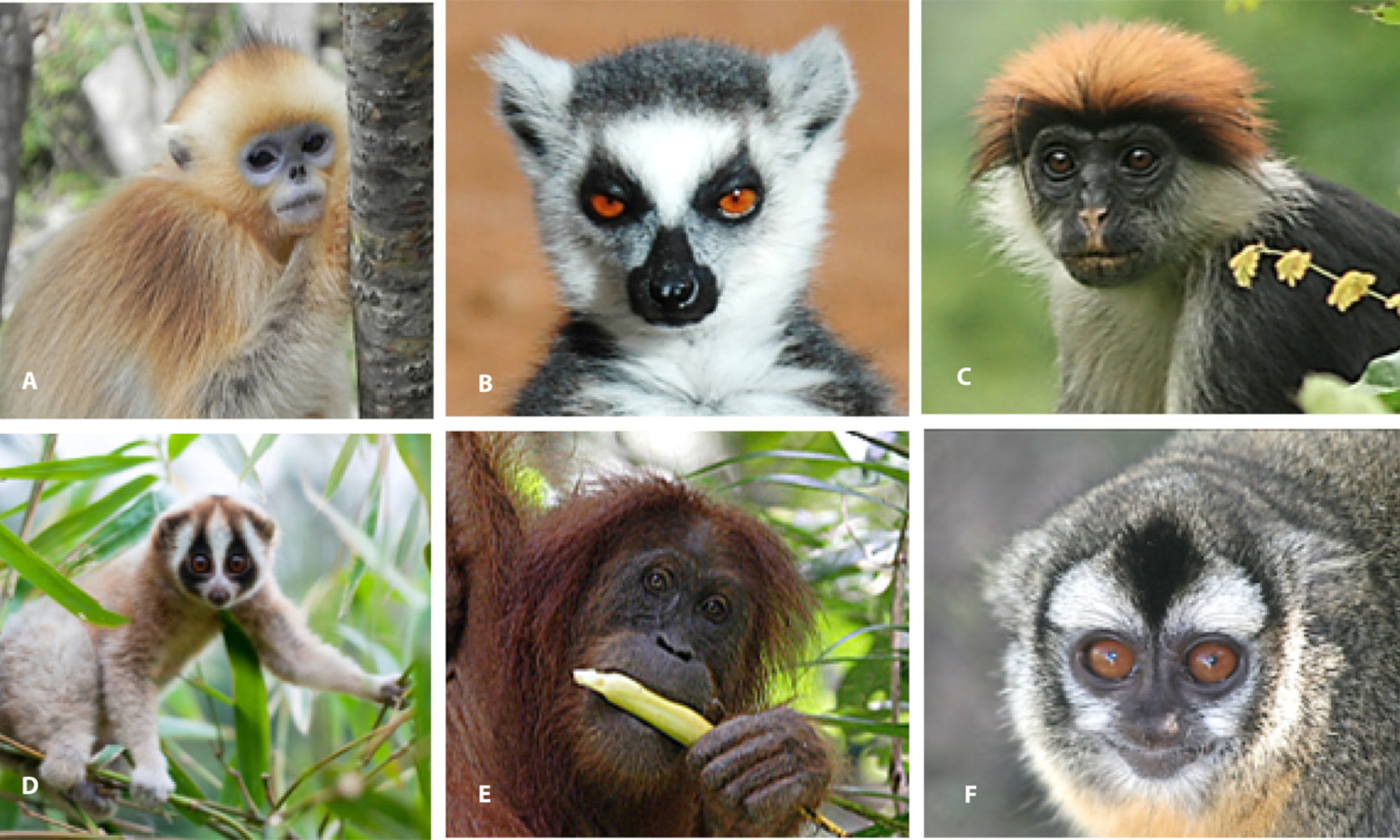There are several different human activities that can greatly impact an ecosystem consisting of forested areas, the most impactful being deforestation as it can also lead to other factors indirectly impacting this ecosystem. The rate of deforestation has drastically increased in recent years within several different regions around the world, causing more forests to be divided up into fragments. This has completely altered the ecosystem that local species have come to know and, in the case of primates, we’ve seen that are some are more equipped to handle the change than others either to due to their innate preferences or sudden changes in external hunting pressure.
When researching changes in a forested areas dynamic over time it is necessary to keep track of what the environment looks like over the course of time as well as how certain species respond to any changes and why. A fragmented forest area will naturally experience a change in its tree dynamic which can include certain types of trees growing more rapidly and certain types of trees, perhaps preferred by certain species, to be less abundant. Where these trees now grow places greater importance on the size of each created forest fragment and how isolated it is from other fragments as it is evident that these two factors place a species’ survival on its ability to adapt to the change and also the hunting patterns of local hunting tribes can directly change.
Studies conducted in heavily deforested areas show that primates living in these areas vary greatly in their response to the sudden change. Certain primate species were able to adapt well and did not see a major drop in population size, but other species saw a massive decline and experienced an extremely low survival rate to the point where these primate species are either endangered or even extinct. The big question is why certain primates adapt to these sudden changes in their ecosystem while others can’t and the answer lies in the primates genetic makeup.
Primate species that generally have a larger home range size, meaning they prefer large areas or fragments, adapt well in cases where they can displace to a larger forest fragment, but can’t survive when trapped in a small isolated forest fragment. Certain primates have diets mainly based on fruits and unfortunately deforestation makes certain fruits less abundant, therefore making food less scarce for these species. Primate species that have a wider ranged diet saw a much higher survival rate as they had more options as deforestation made certain foods less abundant. Some primate species have a preference over what time of trees the area contains as they’ve become accustomed to living a certain way and deforestation can make certain types of preferable trees less accessible to these primates.
Forest fragmentation can also indirectly affect local primates with how it alters the behavior and hunting patterns of local tribes. As forests are divided into fragments resources become less accessible to tribes just as they become less accessible to local primates. Hunters also have to travel longer distances now to catch the same amount of prey and must also target more types of primate species that may not have been targeted before, also adding to the endangerment of certain species, However for most tribes hunting has become so difficult due to forest fragmentation that they’ve had to rely on buying their meat from regional traders and merchants, which drive them to increase the rate at which they capture primates. Deforestation and forest fragmentation work cohesively in leading to the endangerment of primate species in several different regions of the world and it is only getting worse at the rate of deforestation is continuously increasing year after year.



